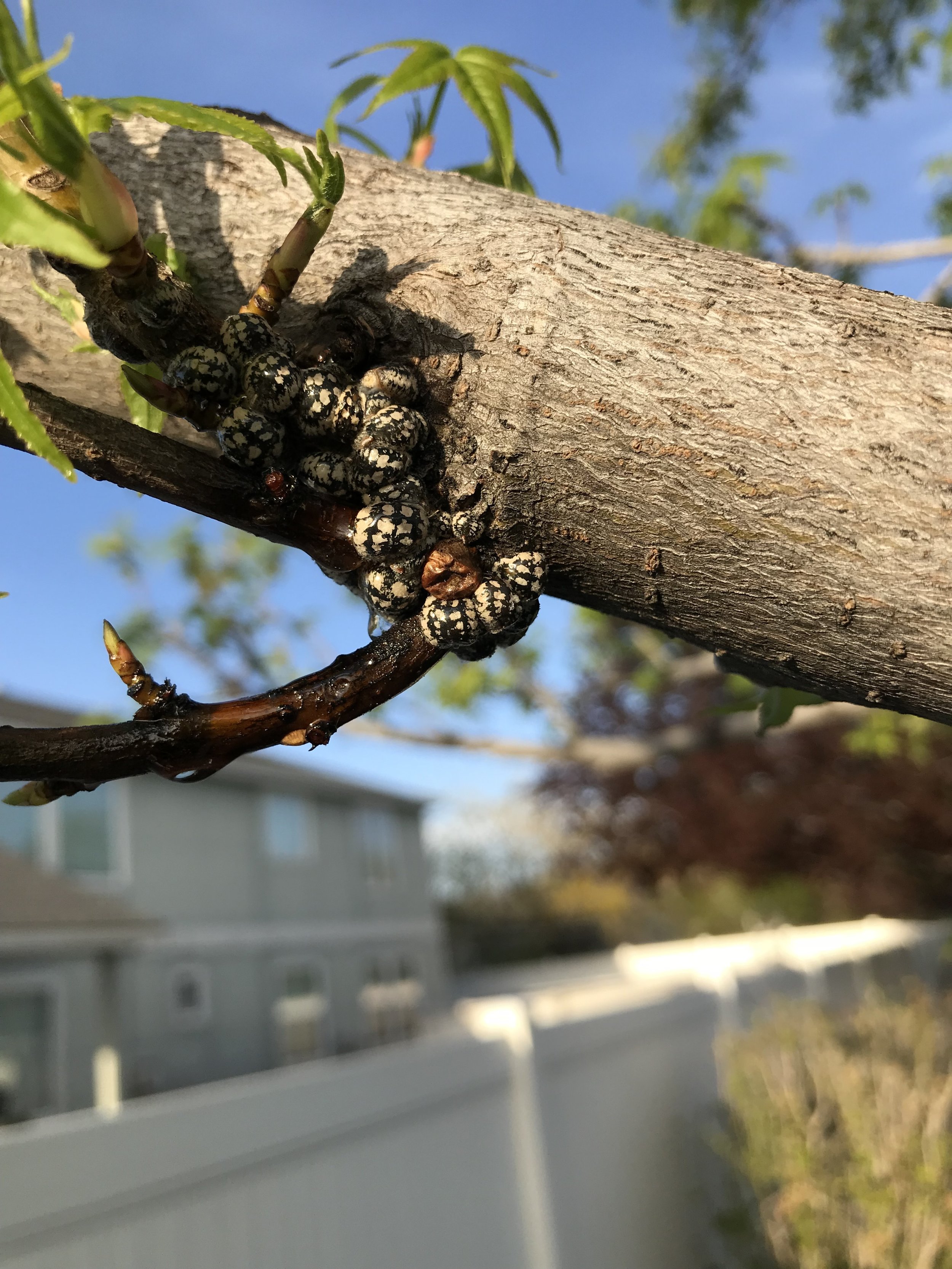Fall is a great time to start spring off right, be doing a few preventatives.
1. Prevent aphid problems with the Bonide Annual Tree and Shrub Insect Control. By applying in August/September this gives the insecticide time to move up the tree and prevent attacks in Spring.
2. Prevent weeds in from growing in winter and early spring by applying a pre-emergent herbicides. Pre-emergent herbicides prevent weed seeds from germinating. Applying now, after clean weeding a flower bed will help prevent winter weeds from germinating and popping up in early spring. Products to look into are Greenlight Amaze, Preen, Round Up Extended Control. Make sure to follow their watering instructions on these product's labels for best results.
3. Prevent drought stress by applying Bonide Wilt Stop to your soft needle and broad leaf evergreens. It works like like lip balm for our lips to keep their leaves from drying out. Also mark when to water your evergreens in your calendar, it would be best to set it to once a month November through March. Use a sprinkler on a hose to water since the irrigation is turned off at that time of year. Yews, photinia, boxwoods, arborvitae, rhodies and others benefit from a monthly drink.
4. Help gain an upper hand with root weevil, by applying Bonide Eight Granules to kill the overwintering larva in the soil, thus reducing their population to help to keep them in check next year.
5. Green up your yellow trees and shrubs that normally should be green by applying the G&B Acid Planting Mix and G&B Harvest Supreme as a mulch or top dressing. By putting about 2 inches thick to slowly leach nutrients into the soil over winter and spring to catch these plants up on nutrients.
6. Clean up disease issues by spraying areas of the yard that had disease issues like rust, powdery mildew, leaf spot, peach leaf curl in November or February with a dormant application of Bonide Liquid Copper Fungicide. This sanitizes the plants to give a fresh start next spring. For best results make sure to clean up the diseased leaves as well as when you spray, spray the entire plant including the trunk.
7. Get your lawn off to a great start in spring by applying a fall feeding of a Fertilome Winterizer or Fertilome Greenmaker in September/October. These fertilizers will slowly feed throughout winter to build up the lawns nutrient reserves for a lush push of green growth in spring.














